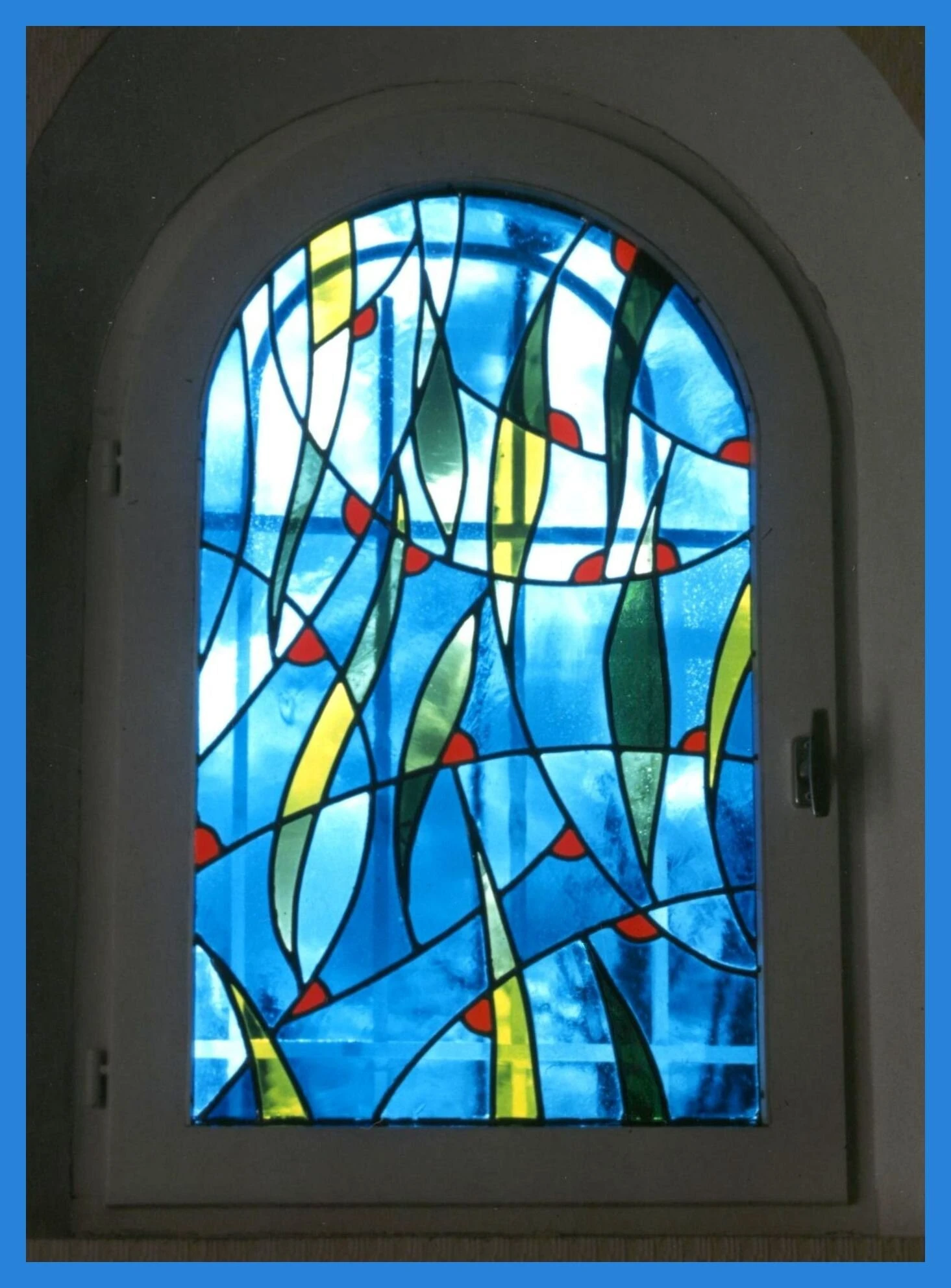

Understanding the Quality of Tempered Glass
Tempered glass, also known as toughened glass, has increasingly become a preferred choice in various applications due to its enhanced strength and durability compared to standard glass. The process of tempering glass involves heating it to high temperatures and then rapidly cooling it, which results in a product that can withstand extreme conditions and impacts. However, not all tempered glass is created equal. Understanding the quality of tempered glass is crucial for consumers, architects, and builders alike.
Understanding the Quality of Tempered Glass
Another critical aspect of quality is the thickness of the tempered glass. Thickness can significantly affect the glass's performance. Thicker tempered glass typically offers greater resistance to impact and thermal stress. While thinner glass may be lighter and easier to handle, it may not provide the same level of safety and protection. Therefore, evaluating the thickness in relation to the specific application is essential.

Clarity and optical quality also play a significant role in determining the quality of tempered glass. High-quality tempered glass should have a clear finish that does not obscure vision. Any distortion or impurities can be a sign of inferior quality and can detract from its overall appearance and functionality. In applications such as windows or glass doors, maintaining clarity is vital for both aesthetic appeal and maximum light transmission.
The safety features of tempered glass are of paramount importance, especially in buildings where human safety is a concern. Quality tempered glass should break into small, blunt pieces rather than sharp shards, reducing the risk of injury. This characteristic is particularly crucial in environments such as schools, hospitals, and commercial establishments. When selecting tempered glass, verifying that it meets safety standards, such as those established by the American National Standards Institute (ANSI) or the European Committee for Standardization (CEN), is essential.
Finally, certification plays a significant role in assessing the quality of tempered glass. Certifications from recognized organizations can assure customers that the glass has undergone rigorous testing for strength, durability, and safety. When sourcing tempered glass, it is prudent to request documentation that verifies these certifications.
In conclusion, the quality of tempered glass is multifaceted, involving aspects like manufacturing processes, thickness, optical quality, safety features, and certifications. Whether used in residential, commercial, or industrial settings, understanding these factors helps consumers make informed choices, ensuring that they select tempered glass that meets their specific needs. Investing in high-quality tempered glass not only enhances safety and structural integrity but also contributes to the overall success of any project.